Swipe Right: A Comprehensive Guide to Modern Dating Etiquette
By Peter Vanderbuild
January 10, 2024 • Fact checked by Dumb Little Man
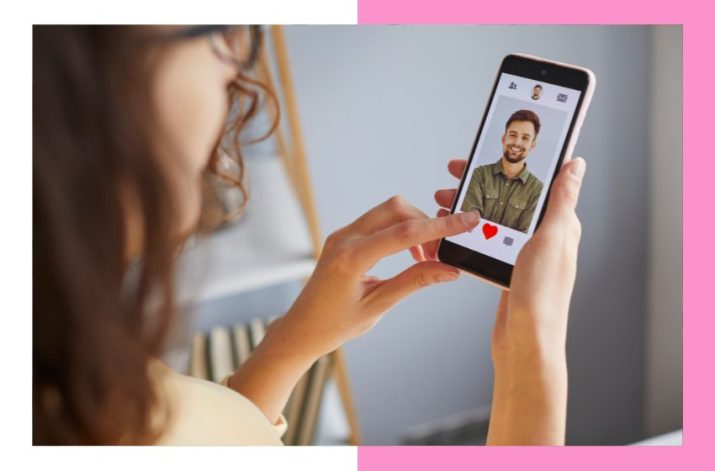
The world today has become dependent on technology, and so are many aspects of human lives – dating is one of them. With the rise of dating apps, the term “swipe right” a process of moving to finger across the phone screen has evolved a new definition – an expression of interest, or basically “liking someone”.
In this article., we will dive into the origins, complexities, and effects of “swipe right”. This article aims to provide a thorough guide to effectively navigate the online dating scene.
What does ”Swipe Right” mean?
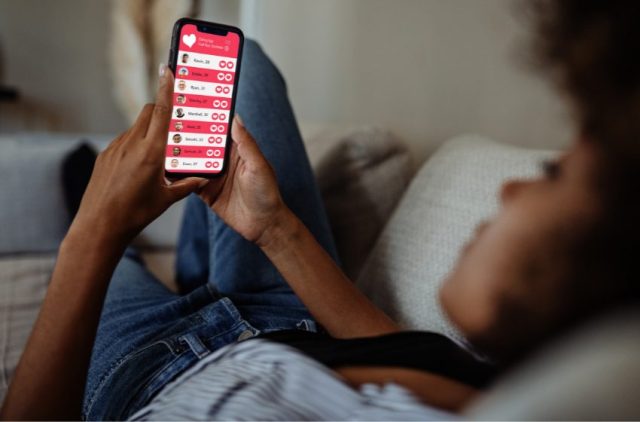
“Swipe Right” is one of the essential phrases in the modern dating lexicon, particularly in the context of apps like Tinder. Originating from swiping one's finger to the right on a smartphone screen, it symbolizes showing interest or approval of a potential match.
When a user encounters a profile that appeals to them, swiping right indicates their willingness to connect or learn more about that person. Conversely, swiping left is used to show disinterest. The simplicity of this action has revolutionized the way people approach dating, making it quick and intuitive.
Where did it start?
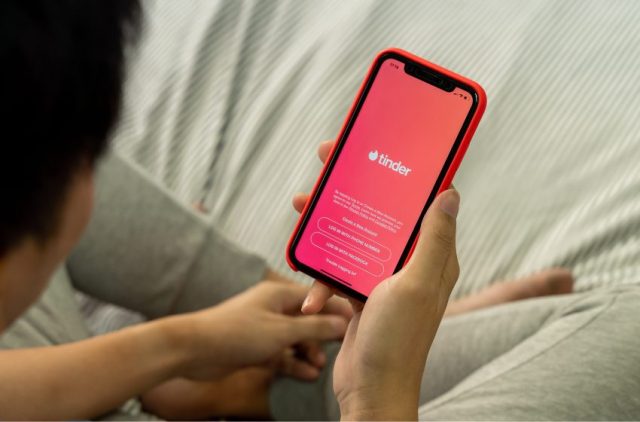
The concept of “swipe right and swipe left” or just “swiping” in the context of online dating started with Tinder, which was launched in 2012. Tinder revolutionized the online dating scene with its simple, intuitive interface that involved swiping right to show interest in someone's dating profile or swiping left to pass on it.
This mechanism quickly gained popularity due to its ease of use and the gamified experience it offered.
The co-founders of Tinder, Sean Rad, and Justin Mateen, introduced the swipe feature as a way to mimic real-life interactions, where a split-second decision is often made based on first impressions. The success of Tinder's swipe mechanism led to its adoption by numerous other dating apps, making swiping a standard feature in the mobile dating industry.
Tinder's innovation wasn't just in the swiping action itself, but also in how it simplified the online dating process, making it more accessible and less time-consuming compared to traditional dating websites.
This ease of use contributed significantly to the app's widespread popularity and changed the landscape of online dating, influencing both user behavior and the development of future dating apps.
>> Also read: 5 Unique Dating Apps You Might Want To Try
Do you swipe left or right?
In the context of dating, swiping right signifies interest or approval of someone's profile, indicating a desire to connect and potentially explore a relationship. On the other hand, swiping left represents disinterest or rejection, allowing the user to bypass a profile they don't feel a connection with.
The question is, who do people swipe right and swipe left to?
- Exes or a Friend's Ex: Tread carefully. Consider past dynamics and current emotions.
- Someone With a Shared History: Reflect on the reasons for your past separation and whether rekindling is wise.
- Friends (Interested or Not): Weigh the potential impact on the friendship. The swiping right might lead to romance or awkwardness.
- Loose Friends/Acquaintances (Interested): Safer than close friends, but ensure mutual respect and clarity about intentions.
The Mechanics and Impact of Swiping in Online Dating
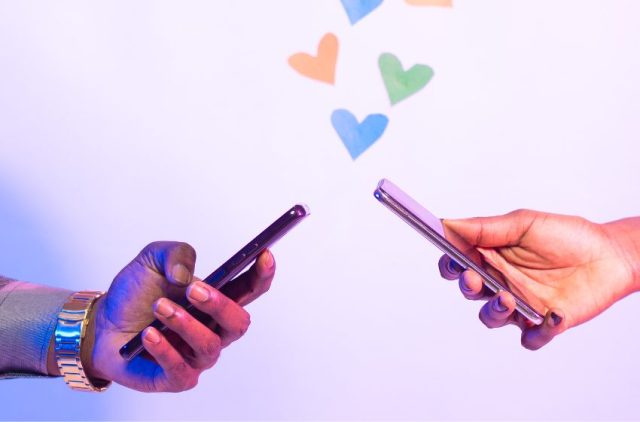
In the world of online dating, the swipe mechanism serves as a critical tool for user engagement. Dating apps have leveraged this simple yet effective mechanic to streamline the process of finding matches. Users are presented with profiles and are required to swipe right for interest/approval or left for disinterest/rejection.
This intuitive design mirrors the natural decision-making process — a quick assessment based on initial impressions. It simplifies the dating scene, allowing users to rapidly filter through potential matches, thereby increasing efficiency and user control in the dating process.
The concept of swiping in dating apps has extended its reach beyond the digital world, impacting real-life social interactions and popular culture. The terms ‘swipe left' and ‘swipe right' have become part of everyday language, often used to express approval or disapproval in various contexts.
This swiping culture has also influenced social dynamics, where people may be more inclined to make quick judgments in real-life encounters, akin to their online behavior.
Furthermore, these terms have been adopted into the meme culture, frequently appearing in internet jokes and parodies, showcasing the significant cultural impact of the swiping mechanism.
Psychological Impact when You Swipe Right
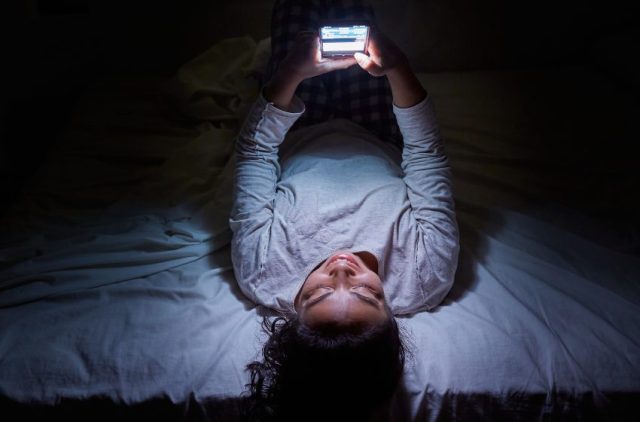
The psychological impact of the swiping mechanism in dating apps like Tinder is significant and multifaceted. When users engage in the act of swiping right, they are participating in a system that can have profound effects on their self-esteem and decision-making processes.
Firstly, the instant gratification associated with getting a match after swiping right can lead to a dopamine rush, similar to what one might experience when receiving likes on social media. This can create a reward cycle, encouraging continuous use of the app as users seek further validation.
However, this can also lead to a dependency on external validation for self-worth, which might negatively impact self-esteem.
On the flip side, repeatedly swiping right without receiving matches can lead to feelings of rejection and lowered self-esteem. Users might start to question their attractiveness or likeability, leading to a decrease in confidence.
This is particularly concerning as these feelings are based on a system that often prioritizes superficial qualities.
Moreover, the sheer volume of choices available on dating apps can lead to what psychologists call “the paradox of choice”. When faced with too many options, users can find it difficult to make decisions, and even when they do, they are often left wondering if they made the “right” choice.
This can lead to decision fatigue and a sense of dissatisfaction, as users might constantly ponder if there is someone better just a swipe away.
Ethical and Social Considerations

One of the primary ethical concerns is the tendency toward superficial judgments. The swiping mechanism often emphasizes physical appearance as the main criterion for interest, given that decisions are largely based on a user's photos and a brief profile description.
This focus on physical attributes can perpetuate a culture of superficiality, where users may prioritize looks over personality or shared values. This not only affects individual self-esteem but also reinforces societal standards of beauty, potentially leading to unrealistic expectations and a narrow definition of attractiveness.
Furthermore, this superficial approach to selecting potential partners can influence societal perceptions of relationships. It might lead to the belief that relationships are easily replaceable and that a ‘better option' is always just a swipe away.
This mindset could undermine the value of deeper connections and the effort required to build and maintain meaningful relationships.
There is also a concern about the reduction of individuals to commodities in the digital dating market. The swiping mechanism can make the dating process feel transactional, as users swipe through profiles like items in an online store.
This commodification of individuals can lead to a lack of empathy and respect in interactions, impacting the way people communicate and connect with each other.
Moreover, the anonymity and ease of swiping can sometimes lead to unethical behaviors, such as ghosting (suddenly cutting off communication without explanation) and breadcrumbing (leading someone on without the intention of forming a relationship). These behaviors, facilitated by the app's mechanics, can contribute to a lack of accountability in online dating.
Technological and Algorithmic Influence

Dating apps typically use a variety of algorithms to determine which profiles are shown to users. These algorithms often consider factors like geographical location, user preferences, and behavioral data.
For example, a user's swiping history, including the frequency and type of profiles they swipe right on, can inform the algorithm about their preferences, leading the app to show them similar profiles. This personalization aims to increase the likelihood of a match by presenting users with options that align with their apparent interests.
However, this algorithmic curation can have unintended consequences. One issue is the creation of an “echo chamber” effect, where users are continually exposed to a narrow range of profiles, potentially reinforcing biases and limiting diversity.
This can particularly impact minority groups, who may find themselves less visible on the platform due to algorithmic biases.
Additionally, these algorithms often prioritize profiles based on factors like user engagement and attractiveness. Profiles that receive more right swipes or have higher levels of interaction (such as messages or matches) may be more frequently shown to users.
This can lead to a “popularity feedback loop” where popular profiles become even more visible, while others may struggle to get noticed.
Another aspect of technological influence is the use of machine learning and artificial intelligence. These technologies enable dating apps to continually refine their algorithms based on user behavior, aiming to improve match rates.
While this can enhance user experience, it also raises questions about transparency and user autonomy. Users may not be aware of how their data is being used to shape their swiping choices, leading to concerns about privacy and consent.
Swiping Right on People You Know: The Official Guide
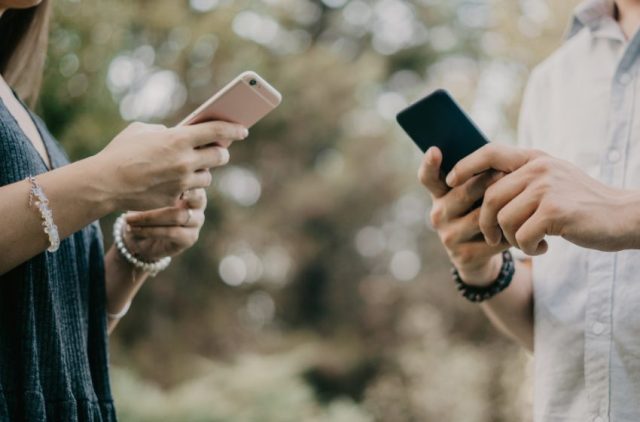
Navigating the world of online dating can often feel like a complex puzzle, especially when it comes to deciding whom to swipe right on. Each swipe represents a potential pathway to a new relationship, friendship, or experience.
To assist in making these decisions more thoughtfully, here are some key considerations to keep in mind when choosing who deserves that rightward swipe.
- Evaluate Your Intentions: Before swiping right, reflect on your intentions. Are you looking for a serious relationship, casual dating, or just friendship? Your goal will significantly influence your choice.
- Consider Relationship History: If you encounter an ex or a friend's ex, think about your past relationship dynamics. Swipe right only if you believe there's potential for a positive and healthy interaction.
- Shared History Assessment: For someone with whom you have a shared history, weigh the reasons behind your past interactions. If there were issues, ensure they're resolved or manageable before deciding to swipe right.
- Friendship Implications: When contemplating swiping right on friends, consider the strength and importance of your friendship. Be aware that this action could lead to a deeper relationship or, conversely, awkwardness and complications.
- Loose Friends/Acquaintances: With acquaintances, swiping right can be less risky. However, it's still important to maintain clear communication and ensure there's a mutual understanding of each other's intentions.
- Romantic Interest in Friends: If you're considering swiping right on a friend due to romantic interest, think deeply about your feelings. Ensure that your desire to take the friendship to a romantic level is based on genuine affection and compatibility, not just a fleeting emotion.
- Profile Authenticity: Pay attention to the authenticity of profiles. Profiles that seem genuine and align with your interests and values are typically better candidates for swiping right.
- Safety and Comfort: Prioritize your safety and comfort. If a profile gives you any reason to feel uneasy or unsure, it's better to swipe left and err on the side of caution.
- Long-Term Compatibility: Look for signs of long-term compatibility. Profiles that indicate shared values, interests, and lifestyles are more likely to lead to meaningful connections.
Swipe Right: Success Stories and Limitations

Dating apps have facilitated numerous success stories, with many individuals finding long-term relationships, engagements, and marriages through a simple swipe right. These platforms have been especially beneficial for those with busy lifestyles or limited social circles, illustrating their potential to create meaningful connections.
However, the use of dating apps also comes with limitations and challenges. The swiping mechanism often leads to superficial judgments, prioritizing physical appearance over deeper compatibility.
The abundance of choices can result in the “paradox of choice,” making it hard to commit and fostering transient connections over long-term relationships.
Additionally, the digital platform's anonymity can sometimes encourage insincere behaviors like ghosting or catfishing, leading to frustration and emotional distress among users.
In essence, while dating apps have created opportunities for successful relationships, they also pose challenges such as superficiality, overwhelming choices, and potential negative interactions, affecting the search for meaningful connections.
>> Also read: Dating Apps Guide: Things to Know and Tips
Conclusion
To summarize, the ‘swipe right‘ phenomenon in dating apps significantly affects personal connections. It's essential to navigate these choices with awareness, considering the potential for both meaningful relationships and superficial interactions. This etiquette involves mindful decisions, especially when engaging with familiar profiles like exes or friends.
Additionally, recognizing the psychological, ethical, and technological influences of swiping helps maintain a balanced and respectful approach in the digital dating world. In essence, mindful swiping is key to positively navigating the complexities of online dating and forming genuine connections.
Swipe Right FAQs
What is ‘Swipe Right' in a Dating App?
In a dating app, ‘Swipe Right' is a feature where users swipe their finger to the right on their device's screen to express interest in another user's profile. It's a quick and intuitive way to show that you find someone appealing or compatible. When both users swipe right on each other, it's considered a ‘match', indicating mutual interest and opening the possibility for further communication.
How Do Matches Work in Dating Apps Based on Swiping?
In dating apps that use the swiping mechanism, a match occurs when two users express mutual interest by swiping right on each other's profiles. This mutual right-swipe indicates that both parties are interested in learning more about each other. Once a match is made, the app typically allows the users to message each other, facilitating further interaction and potentially leading to a date.
Is Swiping Right a Guarantee for a Match in Dating Apps?
Swiping right on a dating app is not a guarantee for a match. A match requires mutual interest, meaning the other person must also swipe right on your profile. This system ensures that connections are formed based on a shared interest, making the process of finding a potential partner more targeted and meaningful. If one user swipes right and the other swipes left, a match will not be formed, and they cannot communicate through the app.
Peter Vanderbuild
Trevor Fields is a tech-savvy content strategist and freelance reviewer with a passion for everything digital—from smart gadgets to productivity hacks. He has a background in UX design and digital marketing, which makes him especially tuned in to what users really care about. Trevor writes in a conversational, friendly style that makes even the most complicated tech feel manageable. He believes technology should enhance our lives, not complicate them, and he’s always on the hunt for tools that simplify work and amplify creativity. Trevor contributes to various online tech platforms and co-hosts a casual podcast for solopreneurs navigating digital life. Off-duty, you’ll find him cycling, tinkering with app builds, or traveling with a minimalist backpack. His favorite writing challenge? Making complicated stuff stupid simple.






